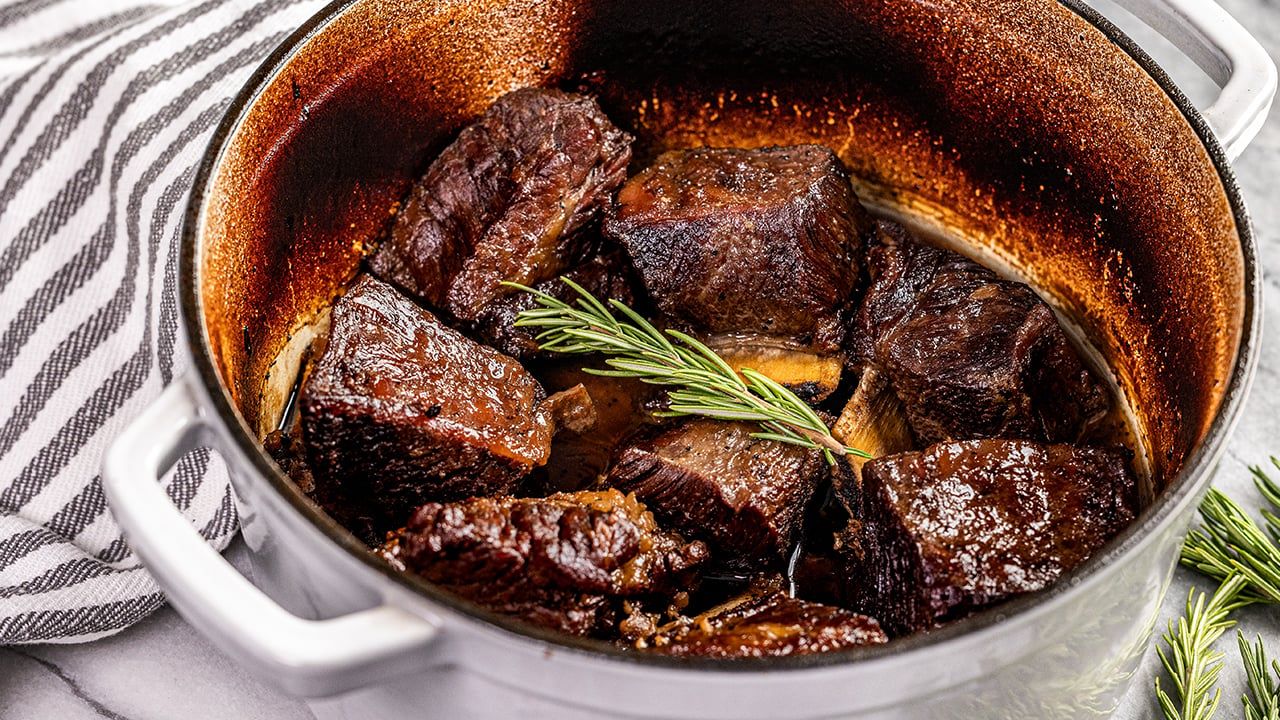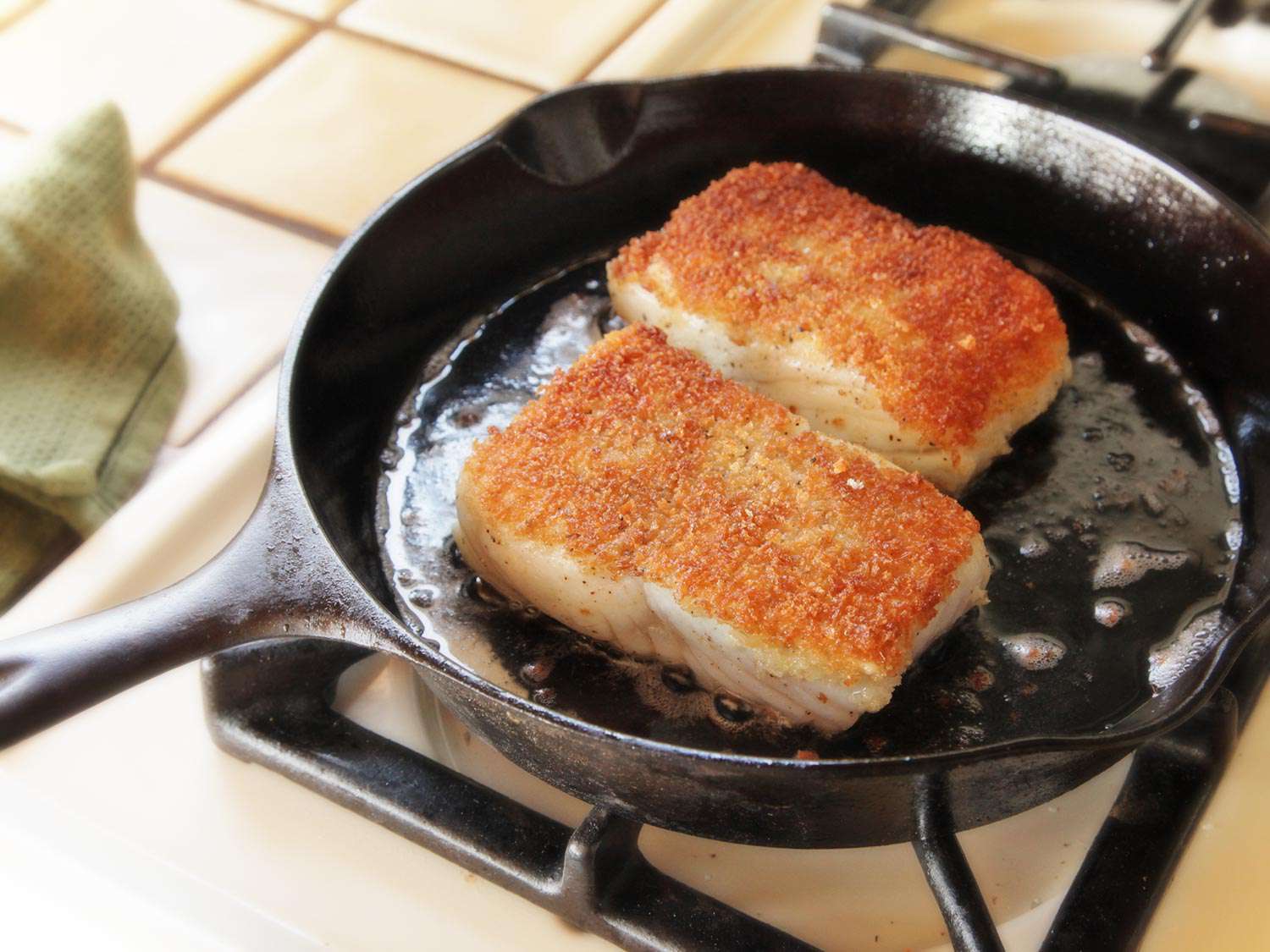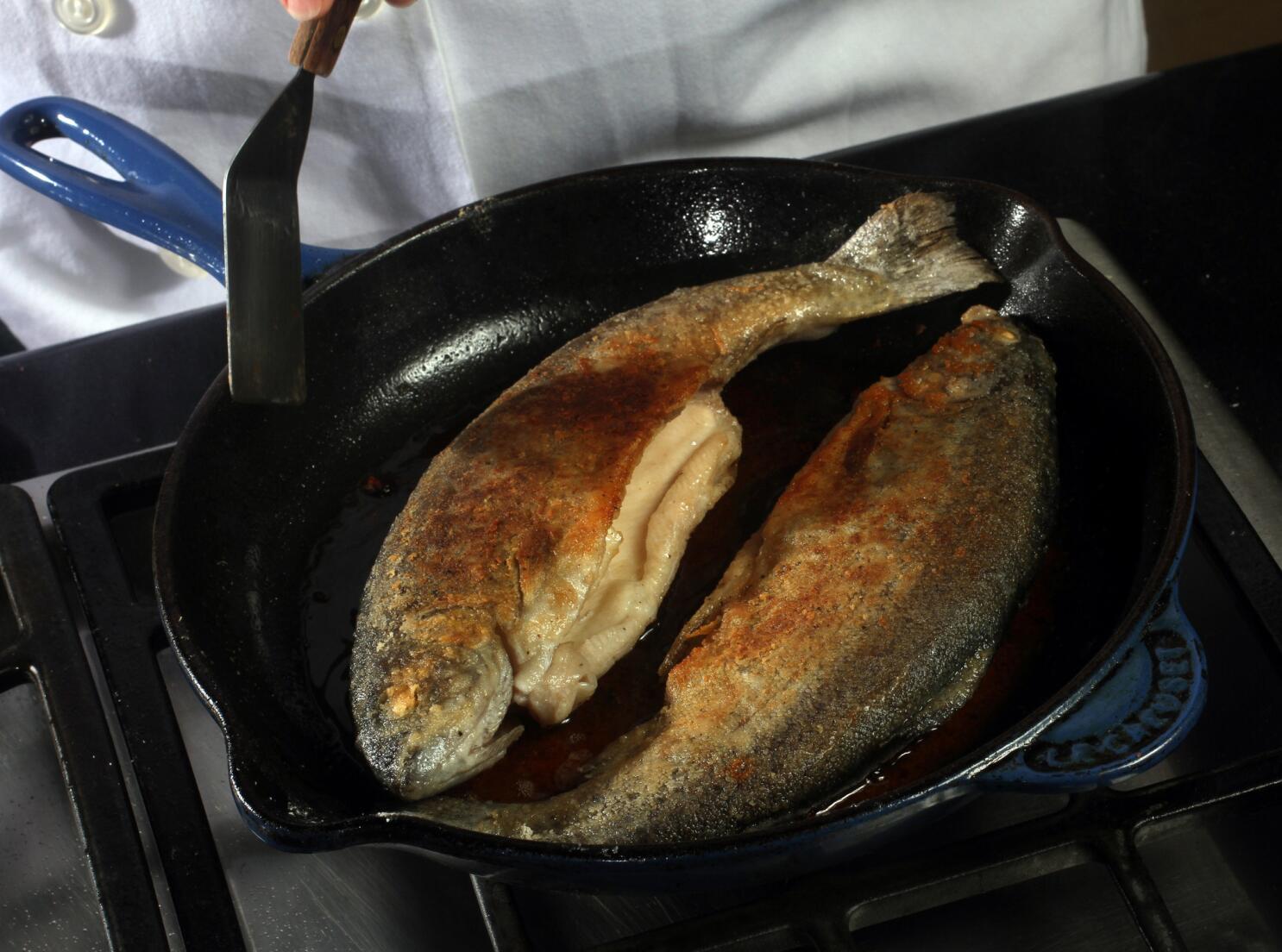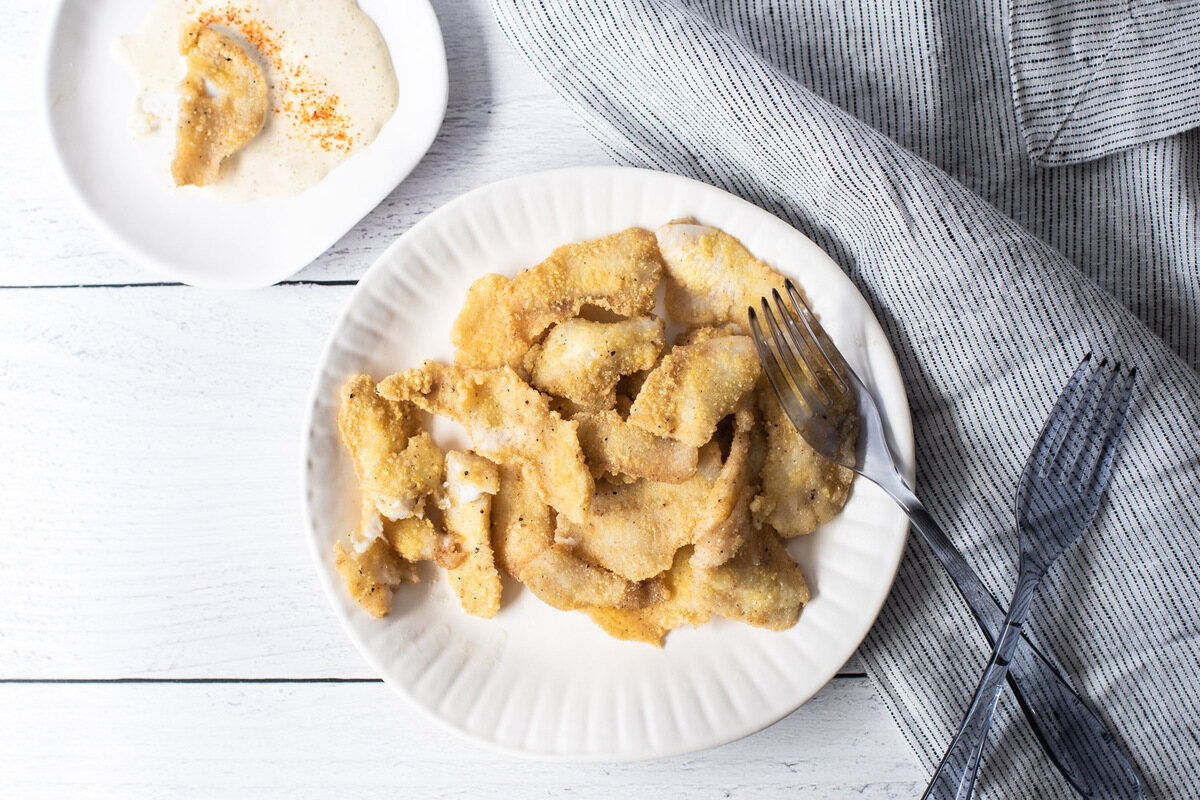Pan frying linguica sausage transforms your kitchen into a haven of tantalizing aromas, promising a meal that's both hearty and flavorful. This Portuguese delicacy, known for its rich blend of spices and smoky flavor, requires a touch of finesse to achieve that perfect sear on the outside while keeping it juicy inside. Whether you're a seasoned chef or a curious novice eager to explore diverse culinary traditions, mastering the art of pan frying linguica opens up a world of delicious possibilities. With just a skillet, a few simple steps, and your appetite for adventure, you're well on your way to enjoying a delectable slice of Portuguese cuisine right at home.
Essential Ingredients for Pan Frying Linguica Sausage
- Linguica sausage, 1 pound
- Olive oil, 2 tablespoons
- Garlic, minced, 1 tablespoon
- Red wine vinegar, 1 tablespoon
- Paprika, 1 teaspoon
- Black pepper, ½ teaspoon
- Salt, to taste
Necessary Tools for Perfectly Pan-Fried Linguica
- Skillet (preferably cast iron for even heating)
- Tongs (for flipping the sausage)
- Cutting board (to slice the linguica if needed)
- Sharp knife (for slicing the linguica)
- Paper towels (for draining excess oil)
- Meat thermometer (to ensure proper internal temperature)
Pan frying linguica sausage requires medium heat, turning occasionally for even browning. Cook until internal temperature reaches 160°F. No added oils are necessary due to its natural fat content.
The Art of Pan Frying Linguica Sausage
Pan frying linguica sausage brings out its rich flavors and crispy texture, making it a beloved method among culinary enthusiasts. This technique allows the sausage's unique blend of spices to become more pronounced, enhancing the overall taste experience.
Cooking linguice in a pan is not only about savoring its delicious taste but also about embracing a quick and efficient way to prepare a meal. This method ensures even cooking and a delightful char, adding a layer of complexity to the sausage's flavor profile.
Your Ultimate Guide to Pan Frying Linguica
Pan Frying Linguica Sausage: A Step-by-Step Guide
-
Gather Your Ingredients and Tools
- Linguica sausage: Typically, one package is enough for 2-4 servings.
- Cooking oil: Olive oil or any vegetable oil works well.
- Skillet: Preferably non-stick or cast iron.
-
Preparation
- Slice the sausage: Cut the linguica into ½ inch thick slices. This ensures even cooking and a good surface area for browning.
- Heat the skillet: Place your skillet over medium heat. Allow it to warm up for a few minutes before adding oil.
- Add oil to the skillet: Pour a thin layer of oil, just enough to lightly coat the bottom of the skillet.
-
Cooking Process
- Place sausage slices in skillet: Arrange the slices in a single layer. Ensure they do not overlap for even cooking.
- Cook on one side: Let the slices cook undisturbed for about 3-4 minutes. They should develop a golden-brown crust.
- Flip and cook the other side: Using tongs, flip each slice to cook the other side. Another 3-4 minutes should suffice.
- Check for doneness: Sausage should be cooked through and slightly crispy on the outside. Internal temperature should reach 160°F if you prefer to use a meat thermometer.
-
Serving
- Remove from skillet: Once cooked, transfer the sausage slices to a plate lined with paper towels. This helps absorb any excess oil.
- Serve hot: Enjoy your linguica sausage as is or with your favorite sides.
-
Tips for Success
- Do not overcrowd the skillet: Cooking in batches may be necessary. Overcrowding can lead to steaming instead of frying.
- Adjust heat as needed: If the sausage is browning too quickly, reduce the heat to medium-low. This prevents burning while ensuring thorough cooking.
- Use a splatter screen: If available, a splatter screen can help contain oil splatters during cooking.
Cleaning Up
- Cool the skillet: Allow the skillet to cool completely before washing.
- Wash the skillet: If using cast iron, avoid soap to maintain its seasoning. For other types, wash as you normally would.
Mastering the Art of Pan-Fried Linguica
Pan frying linguica sausage is a simple yet delicious way to bring out its rich flavors and create a memorable meal. Remember, starting with a hot pan and oil ensures a crispy exterior without sacrificing the juiciness inside. Don't forget to slice the sausage to enhance flavor absorption and ensure even cooking. Keeping an eye on the heat prevents burning, allowing the linguica to cook thoroughly, releasing its unique blend of spices. Whether you're serving it alongside eggs for breakfast, adding it to your favorite pasta dish, or enjoying it as a standalone treat, linguica cooked to perfection can elevate your culinary experience. So, grab your skillet, some linguica, and let your kitchen adventures begin. With these tips, you're well on your way to mastering the art of pan-fried linguica, impressing both yourself and your guests with this flavorful delight.
More Delicious Recipes Featuring Linguica Sausage
Now that you've mastered the art of pan frying linguica sausage, why not put your new skills to the test with some delicious, versatile recipes? From breakfast to dinner, these dishes make excellent use of pan-fried linguica, offering flavors that are sure to impress. For a hearty start to your day, consider the Linguica and Egg Breakfast Tacos, which blend the savory taste of linguica with the freshness of eggs in a portable taco form. If you're in the mood for something more traditional, the Linguica Sausage and Peppers Skillet is a fantastic option, combining linguica with vibrant bell peppers for a simple yet flavorful meal. For those who enjoy a bit of heat, the Spicy Linguica Pasta with Tomato Sauce can be a delightful dinner, featuring linguica in a rich and spicy tomato base. Each of these recipes showcases the versatility of linguica sausage, making them perfect for any meal where you want to impress with both flavor and technique.
All Your Questions About Pan Frying Linguica Answered
How long does it take to pan fry linguica sausage?
Cooking linguica sausage in a pan typically takes about 10 to 15 minutes. You'll want to turn them occasionally, ensuring all sides get nicely browned and the inside reaches a safe temperature of 160°F.
What's the best way to ensure linguica sausage cooks evenly?
Start by slicing your sausages lengthwise. This increases the surface area, allowing for more direct heat and a quicker, more even cook. Keep the heat on medium to prevent the outside from burning before the inside is done.
Can I add other ingredients to the pan when frying linguica sausage?
Absolutely! Toss in onions, bell peppers, or garlic a few minutes after your sausages. These veggies will soak up the flavorful juices, making for a delicious and hearty meal.
Is oil necessary for frying linguica sausage?
Not always. Linguica sausage already contains fat that will render out and help in the cooking process. However, a tablespoon of olive oil can help kickstart the frying, especially if you're using a leaner variety.
How do I know when the linguica sausage is perfectly cooked?
Look for a rich, golden-brown color on the outside and no pink remaining in the center. Using a meat thermometer, check that the internal temperature has reached 160°F to ensure it's fully cooked.
What's the best pan for frying linguica sausage?
A cast-iron skillet is ideal for frying linguica sausage. Its excellent heat retention ensures a nice, even cook. Plus, it adds a bit of extra flavor that only gets better with time.
Can I make linguica sausage ahead of time?
Sure can! Cooked linguica sausage keeps well in the fridge for up to four days. Just make sure to let it cool before storing in an airtight container. Reheat gently in a pan or in the microwave when ready to enjoy.
Was this page helpful?
Read Next: How To Pan Fry Xiaolongbao











